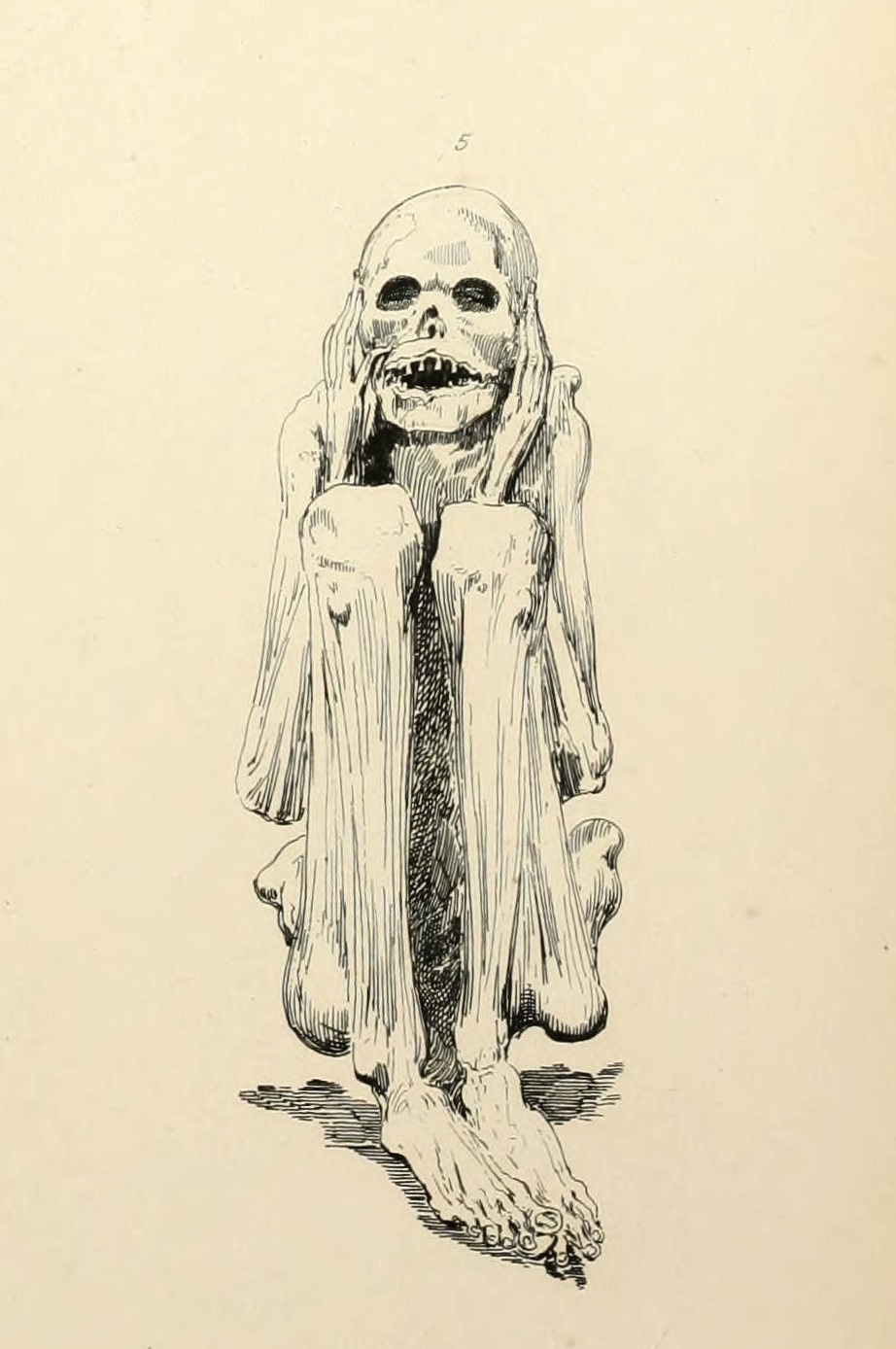In 1823 Peru’s liberator, the South American revolutionary José de San Martín, sent to King George IV of the United Kingdom of Great Britain, Ireland and Hanover, an ‘Inca mummy’ as proof of Peru’s ancient glory and renewed sovereignty. San Martin had hoped that the king’s gift would end up in the British Museum. Instead, it went to the Hunterian Museum of the Royal College of Surgeons, where the mummy was displayed not as a product of embalming but as a specimen of natural preservation, whose desiccation was owed to dry Peruvian air and ‘the peculiar character of the soil’. This scientific view of the Royal College of Surgeons was a dreadful mistake. Hiding within San Martin’s gifted Inca mummy and his demotion by British experts to a ghastly specimen of naturalist curiosity was an erased history of Andean and Hispanic science. Andeans had applied their knowledge of local climates and the body to preserve their ancestors for an active afterlife. The removal of San Martin’s gifted Inca mummy to the Hunterian buried Andean-Hispanic knowledge, demoting the Andean dead from sacred beings to mere specimens.
San Martín’s Inca mummy
Detail of San Martín’s Inca mummy. Thomas Joseph Pettigrew, A History of Egyptian Mummies (London: Longman, 1834).
Christopher Heaney
Further reading
- Barrera Osorio, A. (2006) Experiencing Nature: The Spanish American Empire and the Early Scientific Revolution (Austin, TX: University of Texas Press).
- Cañizares-Esguerra, J. (2006) Nature, Empire, and Nation: Explorations in the History of Science in the Iberian World (Stanford, CA: Stanford University Press).
- Garcilaso de la Vega, I. (1989) Royal Commentaries of the Incas, parts 1 and 2, translated by H.V. Livermore (Austin, TX: University of Texas Press).
- Heaney, C. Empires of the Dead. (New York, NY: Oxford University Press, forthcoming).
- Heaney, C. (2018) ‘How to make an Inca mummy: Andean embalming, Peruvian science, and the collection of empire’, Isis: A Journal of the History of Science Society, 109 (1): 1–27.
- Lau, G.F. (2013) Ancient Alterity in the Andes: A Recognition of Others (London/New York, NY: Routledge).
- Pringle, H. (2001) The Mummy Congress: Science, Obsession, and the Everlasting Dead (New York, NY: Hyperion).
- Ramos, G. (2010) Death and Conversion in the Andes: Lima and Cuzco, 1532–1670 (Notre Dame, IN: University of Notre Dame Press).
- Salomon, F. (1995) ‘“The beautiful grandparents”: Andean ancestor shrines and mortuary ritual as seen through colonial records’, in Tombs for the Living: Andean Mortuary Practices, edited by T.D. Dillehay, 315–53 (Washington, DC: Dumbarton Oaks Research Library and Collection).
- Silverblatt, I. (1988) ‘Imperial dilemmas, the politics of kinship, and Inca reconstructions of history’, Comparative Studies in Society and History, 30 (1): 83–102.
- Thurner, M. (2011) History’s Peru: The Poetics of Colonial and Postcolonial Historiography (Gainesville, FL: University Press of Florida).
- Yaya McKenzie, I. (2015) ‘Sovereign bodies: ancestor cult and state legitimacy among the Incas’, History and Anthropology, 26 (5): 639–60.





